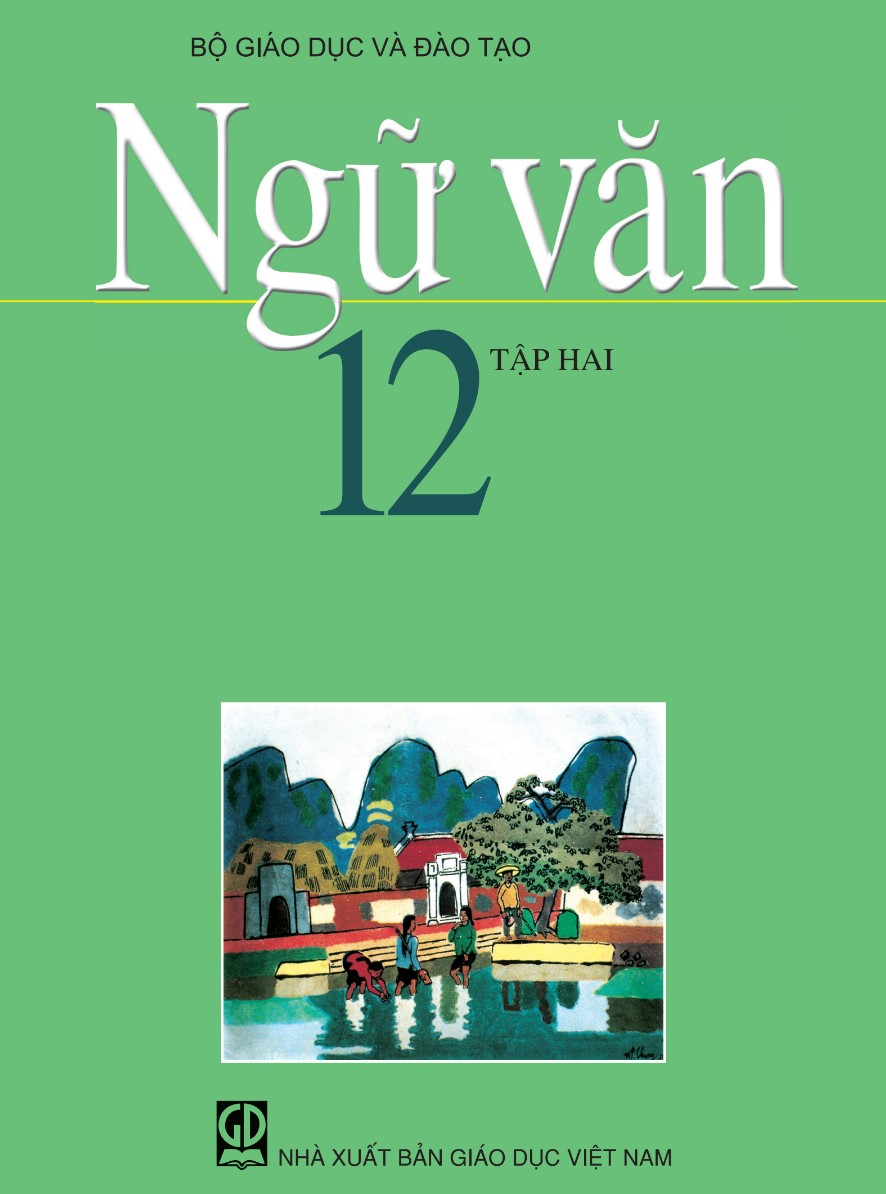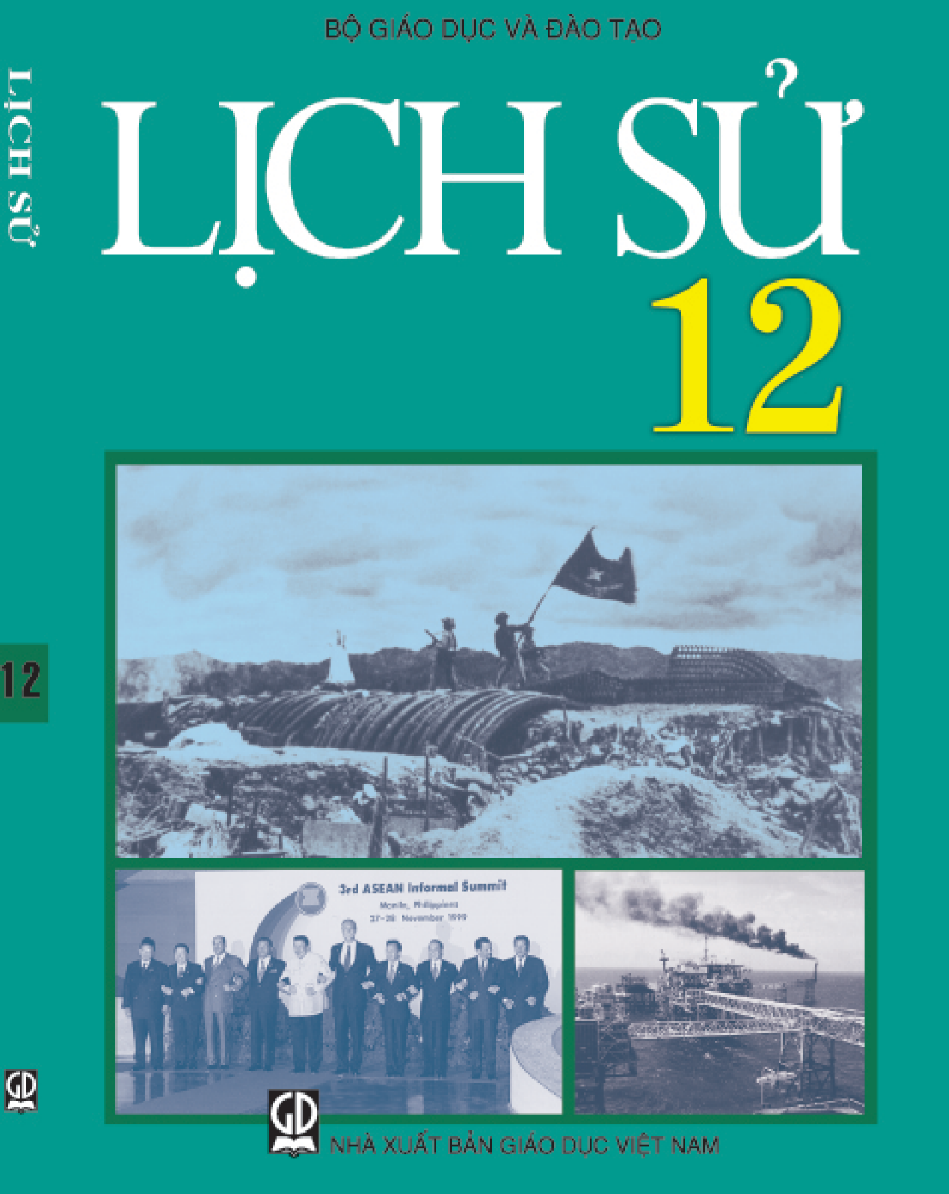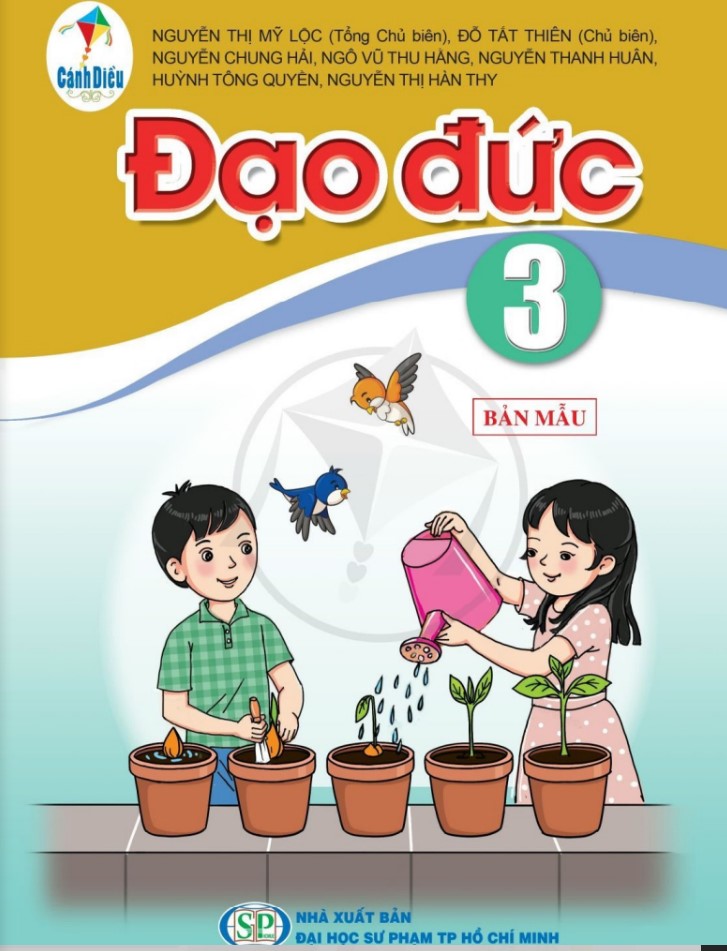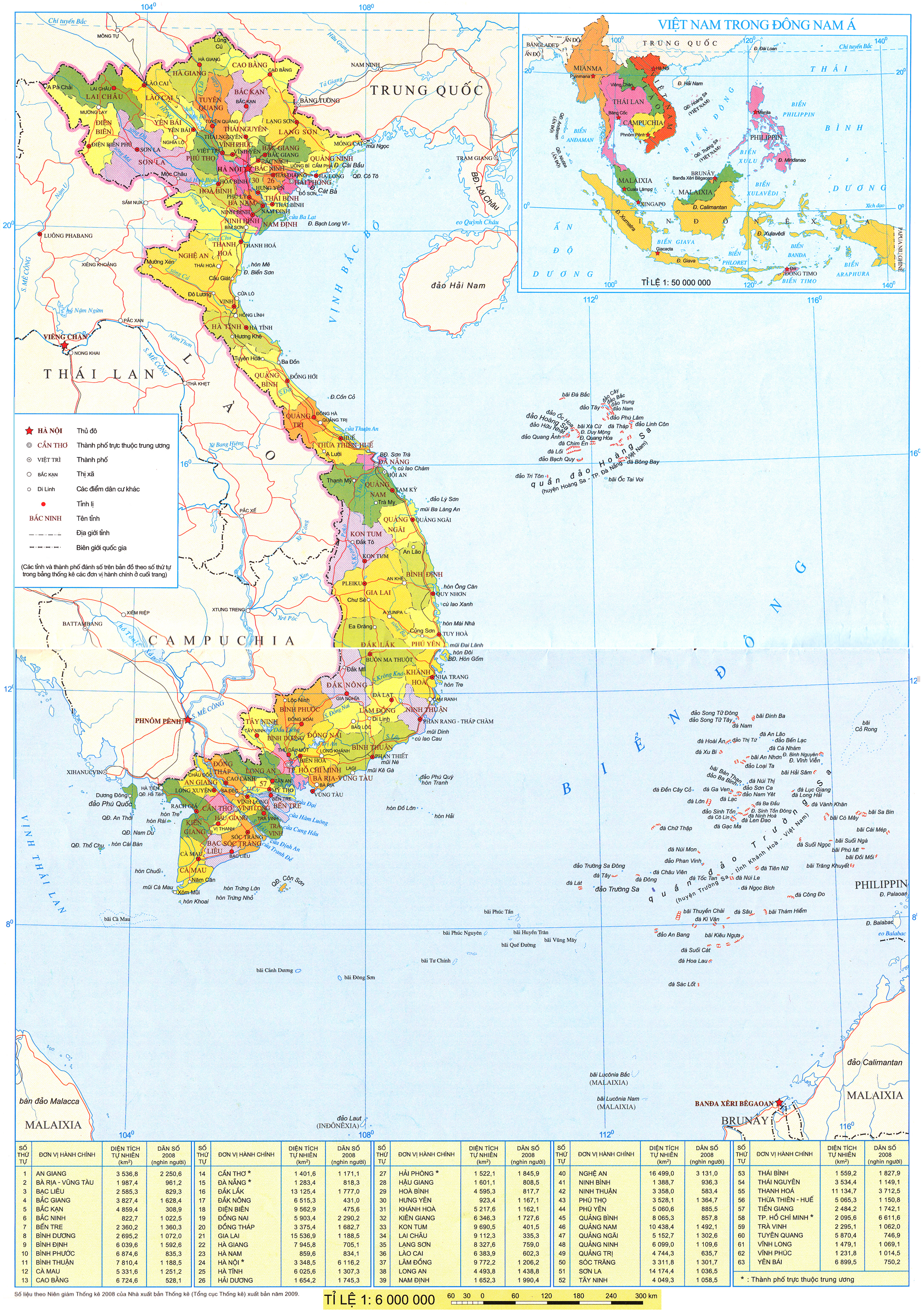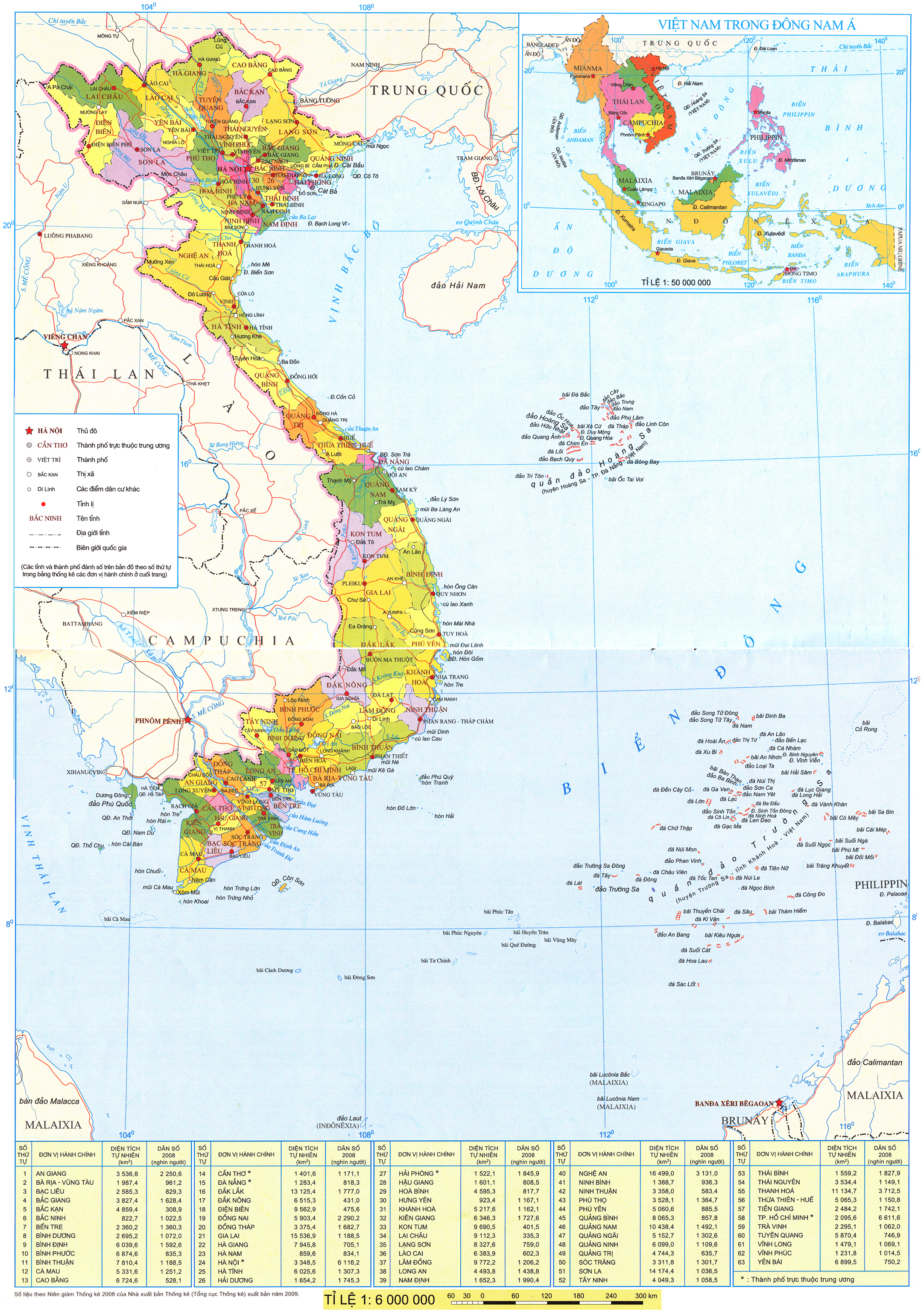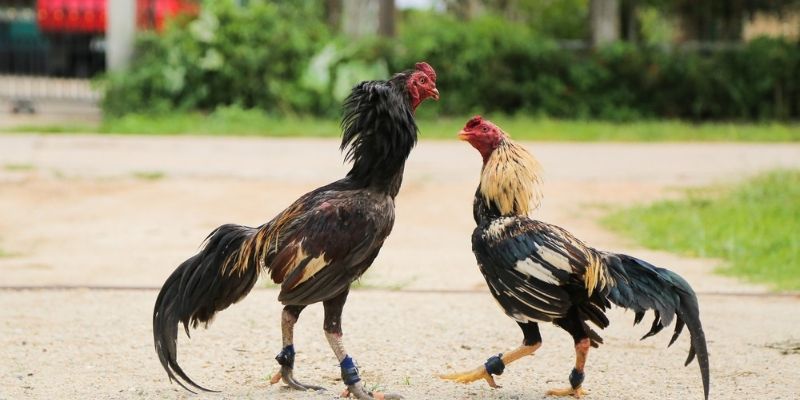(Page 48)
This unit includes:
LANGUAGE
Pronunciation
Unstressed words in connected speech
Vocabulary
Words related to urbanisation
Grammar
• Present perfect (review and extension)
• Double comparatives to show change
SKILLS
Reading: Reading for main ideas and specific information in an article about the urbanisation of Ho Noi
Speaking: Talking about the changes in a living area
Listening: Ustening for main ideas and specific Information in a radio talk about uroanisation
Writing: Describing a line graph about trends in urbanisation
COMMUNICATION AND CULTURE / CLIL
Everyday English
Making complaints and responding to them
Culture/CLIL
Urbanisation in Malaysia and Australia
PROJECT
Doing research on or urban area in Viet Nam
I. GETTING STARTED
Urban development
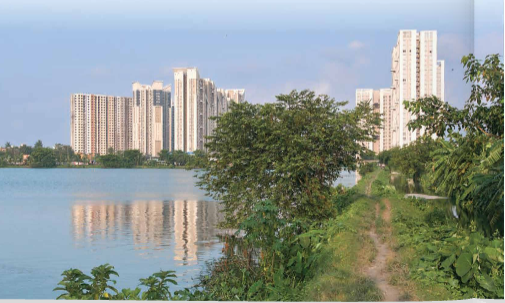
1. Listen and read. 🎧
Nam: Hi, Mark!
Mark: Hi, Nam! Sorry I'm late. I got lost because your neighbourhood has changed a lot.
Nam: Yeah. It's been three years since your last visit. Anyway, do you want to go for a walk? I'll show you around.
Mark: Fresh air and a walk sound nice. Let's go!
...
Mark: Nam, there used to be a rice field opposite your house, right?
Nam: Exactly, Mark. But now they have built several high-rise buildings. The city is getting bigger and bigger.
Mark: Yes, more and more people want to live in urban areas nowadays. This is part of the process of urbanisation.
Nam: That's true. There are also new public parks and people can enjoy more leisure activities. In addition to the big shopping centre, there is a convenience store on every corner. And look at our new electric buses! Do you want to go for a ride?
Mark: Sure, Nam... Wow! The bus is so quiet and comfortable! It's the first time I've been on an electric bus. Getting around is probably becoming more and more convenient for local residents.
(Page 49)
Nam: Not really. The more crowded the area becomes, the worse traffic jams get, especially during rush hour. The cost of living is also going up. These are the changes that I don't like.
Mark: That's true, Nam. I guess urbanisation can also cause problems.
2. Read the conversation again. Decide whether the following statements are true (T) or false (F).
| T | F | |
| 1. The last time Mark visited Nam's place was three years ago. | ||
| 2. There used to be a park opposite Nam's house. | ||
| 3. There aren't any new leisure or shopping facilities in Nam's neighbourhood. | ||
| 4. Traffic jams and rising cost of living are the two problems that Nam mentioned. |
3. Match the words to make phrases mentioned in 1.
| 1. urban | a. residents |
| 2. leisure | b. hour |
| 3. local | c. areas |
| 4. rush | d. activities |
4. Complete the sentences using phrases from 1.
1. They _____ several high-rise buildings opposite Nam's house.
2. The city where Nam lives is getting _____.
3. _____ Mark has been on an electric bus.
4. _____ crowded the area becomes, traffic jam get.

